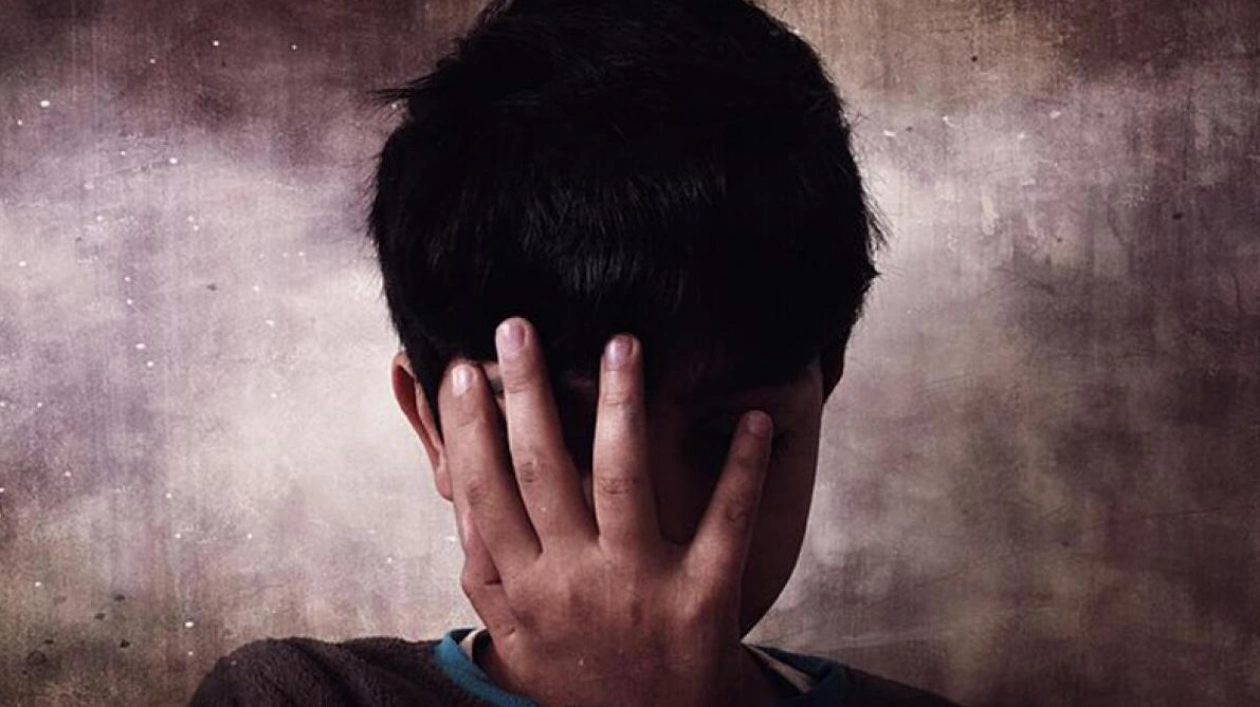A mother of a 14-year-old boy began to notice something unusual about her son, whose chest area seemed to be getting larger than usual. It surprised her since her son is not obese and has always been active in sports like football and swimming. His breast size continued to grow. The son’s behavior also started to change. Conscious of body-shaming, he began walking with his hands crossed over his chest, trying to hide what made him uncomfortable. Even though his clothes fit well, he wanted to switch to larger sizes. She often saw him standing in front of the mirror, examining his reflection and worried about his appearance.
Recognizing the situation required professional insight, they consulted a doctor who said the condition is called gynecomastia or breast enlargement in teenage boys that can occur for various reasons. Gynecomastia is the enlargement of breast tissue in males, occurring primarily during two stages: in newborns due to maternal hormonal influences and in adolescents aged 12 to 16 during hormonal fluctuations, noted Dr Mohamed Hunais, pediatric specialist at Aster Clinic in Oud Metha. He also explained the difference between gynecomastia and pseudogynecomastia. He said: "Gynecomastia can arise from both physiological and pathological causes. Physiological gynecomastia is often linked to average growth and development. This type may not require treatment as it can resolve spontaneously."
"Pathological gynecomastia, which relates to certain diseases, usually demands attention to its underlying causes and can affect children of any age,” noted Dr Hunais, adding: "It is essential to know that gynecomastia is distinct from pseudo-gynecomastia, which occurs in individuals who are obese." He also said that breast enlargement in boys during adolescence is a significant issue that can create anxiety for both the boys and their parents. “This must be addressed as it often leads to body shaming and affects one’s self-esteem.” Dr Hunais further explained: “Pseudogynecomastia is characterized by the accumulation of fatty tissue in the breast, which is common among obese adolescents. Unlike gynecomastia, pseudogynecomastia does not involve a well-defined mass or ridge of glandular tissue. In cases where a child who is not obese experiences breast enlargement due to weight gain, this condition is referred to as lipomastia, which also involves fatty infiltration,” he noted.
Experts identify a range of factors that can contribute to pathological gynecomastia, including certain medications, hormonal imbalances—such as elevated estrogen or decreased testosterone levels—and health conditions like Klinefelter syndrome or congenital adrenal hyperplasia. Underlying health issues, such as testicular and adrenal tumors, chronic kidney or liver diseases, and malnutrition, may also play a role. Additionally, obesity and medications like anti-androgens can exacerbate this condition. Know the causes Dr Shahrzad Mojtabavi Naeini, a general practitioner specialising in aesthetics at International Modern Hospital in Dubai, noted, “For children managing gynecomastia, the approach largely depends on the underlying cause of the condition.”
Dr Naeini suggested that observation is often recommended for adolescents, as the condition typically resolves as hormone levels stabilise. She highlights obesity as a significant factor; excess fat can increase estrogen production, thereby promoting breast tissue development in males. “Even if a child is not obese, weight gain can lead to the appearance of breast enlargement due to fatty deposits.” Naeini recommended lifestyle changes to manage symptoms, including maintaining a healthy weight through diet and exercise. In some instances, medications like hormone therapy may be necessary, or surgery may be considered for persistent or severe gynecomastia. Left untreated, gynecomastia can result in emotional and psychological distress.
Support your child Dr Salman Kareem, specialist in psychiatry at Aster Clinic in Discovery Gardens and Aster Royal Clinic in Downtown, explained that a boy dealing with this condition typically confronts significant emotional challenges. Central to this experience are feelings of embarrassment and shame regarding his body. The physical changes can lead to heightened anxiety about being perceived as "different" from his peers, fostering a fear of being noticed or ridiculed. "This distress can dominate a young person’s thoughts, making it difficult for him to engage positively with those around him," he added.
Kareem explained that boys with gynecomastia may face significant emotional challenges, often feeling embarrassed and ashamed of their bodies. This distress can lead to anxiety about being perceived as “different” from peers and a fear of ridicule or teasing. "This distress can dominate a young person’s thoughts, making it difficult for him to engage positively with those around him," he added. The physical changes from gynecomastia may also affect boys' participation in activities. Kareem stated, "Participation in swimming and sports may decrease significantly, leading to missed opportunities for physical activity and potentially social isolation.”
He urged parents to support their children by taking proactive steps to enhance self-confidence and encourage body acceptance. This includes focusing on individual needs, fostering coping strategies for social situations, and introducing anxiety management techniques. Parents should also consider when surgical intervention may be appropriate. In the school environment, collaboration with counsellors can help address bullying, create safe, changing spaces for physical education, and promote education about the sensitivity surrounding these issues to mitigate its effects.
Source link: https://www.khaleejtimes.com






